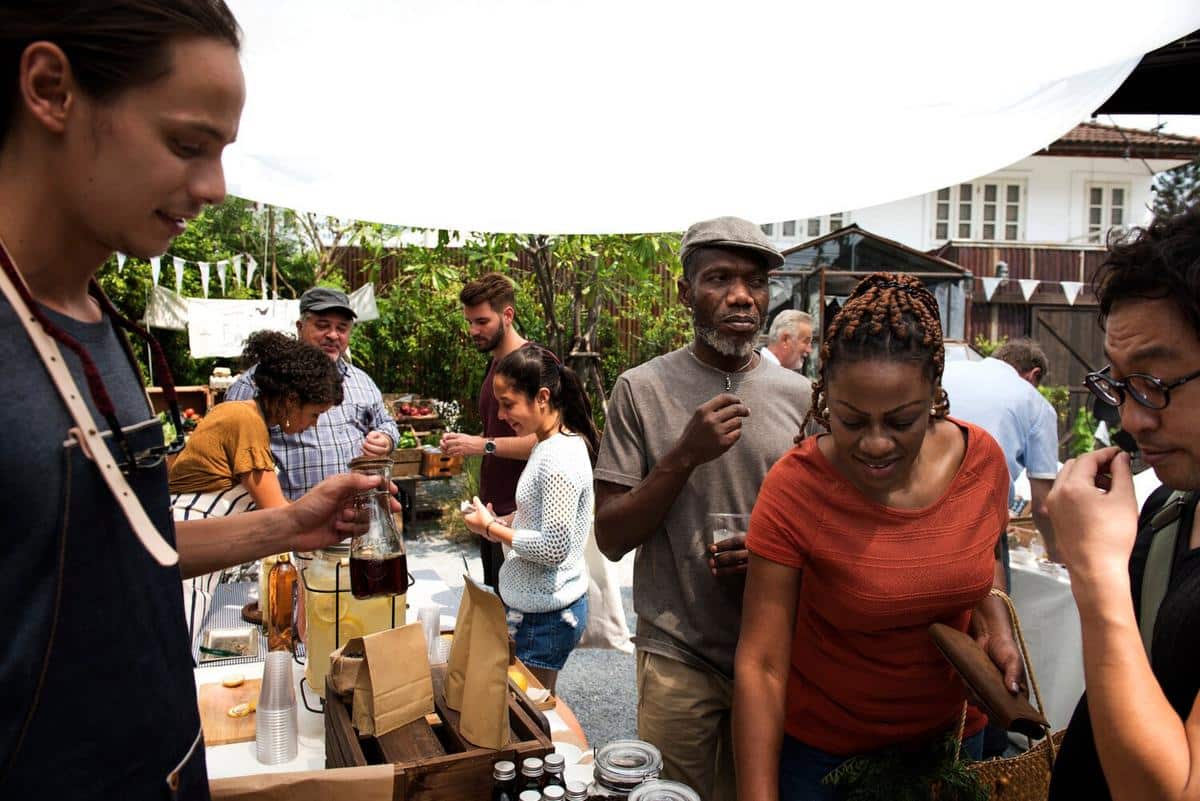
The Role of Community in Protecting Cultural Heritage
Cultural heritage forms the bedrock of our identities, representing the traditions, customs, and historical experiences that define different communities. As globalization accelerates, the role of local communities in safeguarding their cultural heritage becomes ever more crucial.
Communities around the world play an indispensable role in preserving cultural heritage, acting as both custodians and advocates for their unique traditions. According to UNESCO, community involvement is vital for the sustainable conservation of cultural heritage sites and practices. This active participation ensures that cultural preservation efforts are not only top-down but also rooted in local knowledge and needs.
The Importance of Community Involvement
Engaging communities in cultural heritage protection has numerous benefits. Local residents often possess an intimate knowledge of their cultural sites and practices, which can be invaluable in conservation efforts. According to a study by the International Council on Monuments and Sites, community-based approaches lead to more effective and sustainable outcomes.
Expert Insights
“Communities are the lifeline of cultural heritage. Their involvement ensures that preservation efforts are meaningful and resonate with the cultural values they aim to protect,” says Dr. Emily Thompson, a cultural heritage expert.
Examples of Community-Driven Heritage Protection
Consider the case of a small town in Italy, where local residents banded together to restore an ancient Roman aqueduct. Their collective efforts not only preserved the historical structure but also boosted local tourism, showcasing the economic benefits of community-driven heritage initiatives.
Actionable Tips for Community Involvement
- Organize workshops to educate and involve community members in preservation activities.
- Partner with local schools to integrate cultural heritage education into the curriculum.
- Encourage storytelling sessions where elders share historical narratives with younger generations.
The Broader Impact of Community Engagement
When communities actively participate in preserving their cultural heritage, it fosters a sense of pride and ownership. This engagement can also lead to increased tourism, economic development, and the revitalization of local arts and crafts.
| Benefit | Description |
|---|---|
| Economic Growth | Increased tourism and local business opportunities. |
| Cultural Continuity | Preservation of traditions for future generations. |
| Community Cohesion | Strengthened community bonds through shared efforts. |
| Educational Opportunities | Enhanced learning through cultural awareness. |
| Environmental Preservation | Linked efforts in conserving natural and cultural sites. |
| Identity Reinforcement | Renewed pride in local heritage and identity. |
| Increased Resilience | Communities become better equipped to handle challenges. |
| Social Development | Improved community infrastructure and facilities. |
Frequently Asked Questions
How can communities start preserving their cultural heritage?
Communities can begin by forming heritage committees, engaging local experts, and collaborating with cultural organizations.
What role do governments play in supporting community-driven heritage preservation?
Governments can provide funding, legal protection, and logistical support to empower communities in their conservation efforts.
Conclusion
The active involvement of communities in protecting cultural heritage is not just beneficial; it is essential. By fostering a collaborative spirit and utilizing local knowledge, communities can ensure that their cultural legacies are preserved for future generations. As we move forward, let us champion the cause of community-driven heritage conservation and celebrate the diverse tapestry of cultures that enrich our world.


